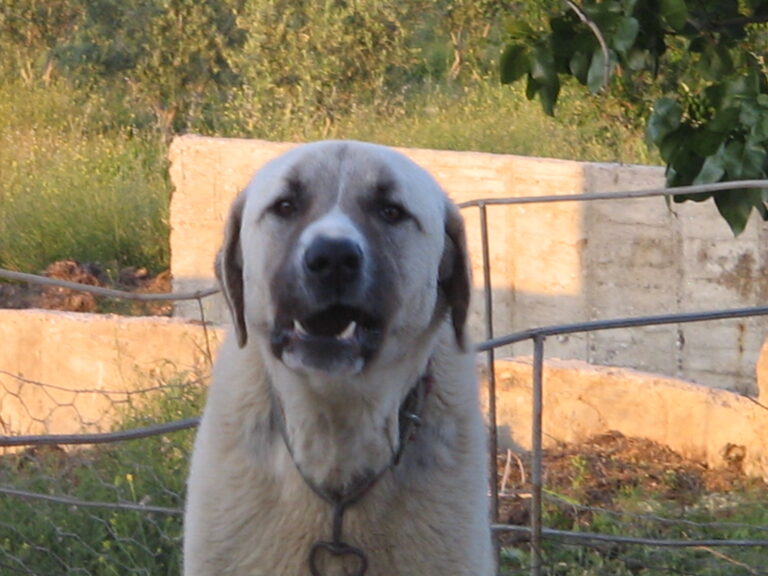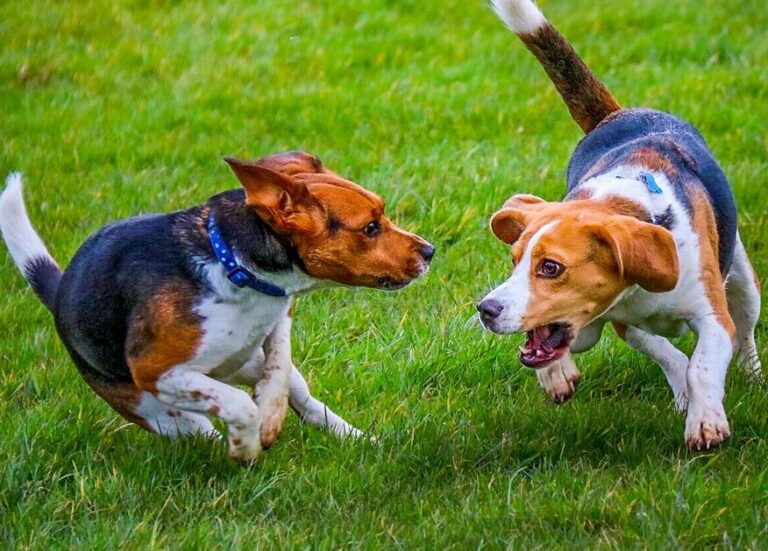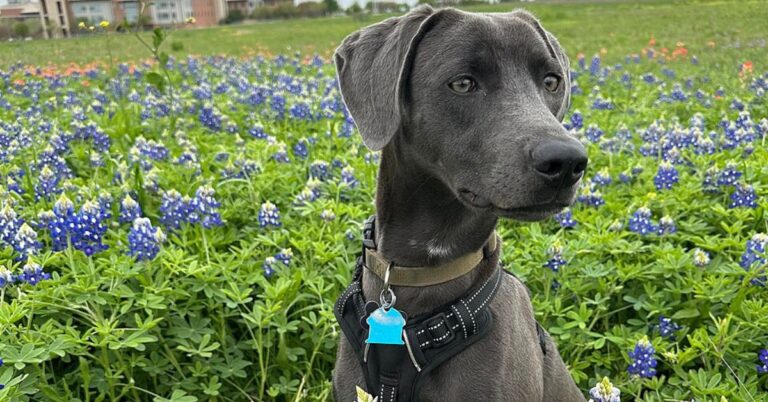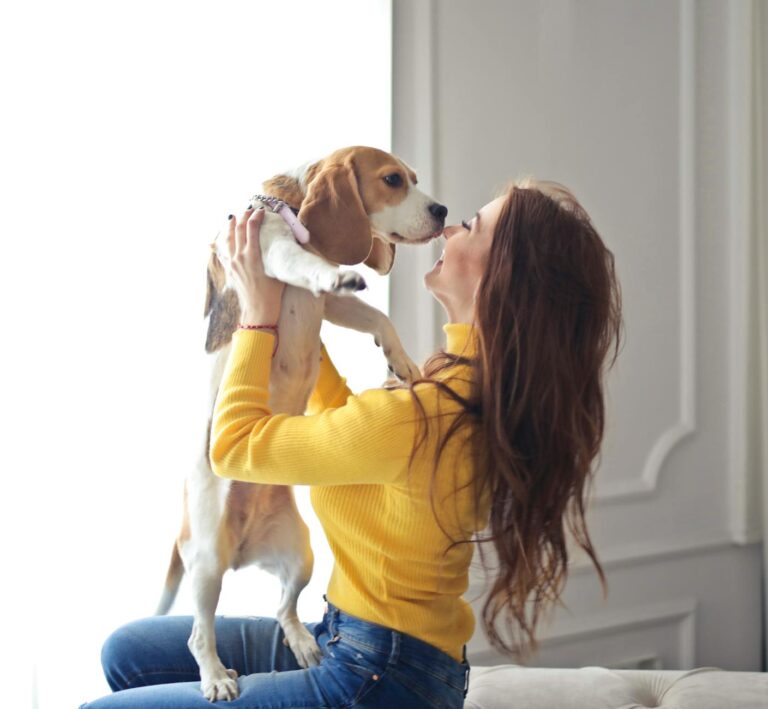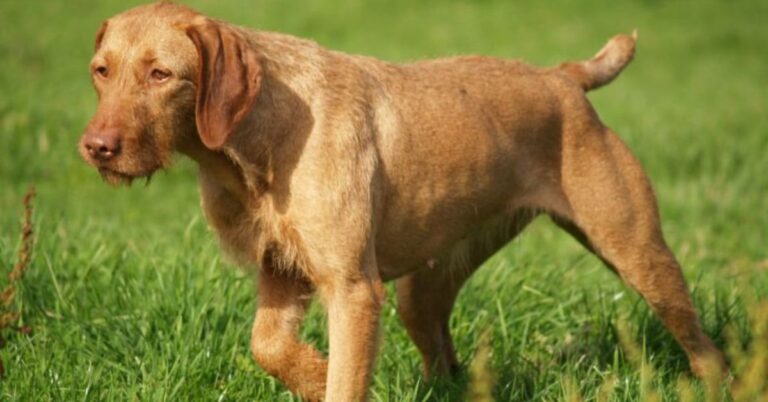10 Dogs That Need More Than A Daily Walk Around The Block

The backyard’s big, but your dog’s energy feels bigger. You tried games of fetch and puzzles. Still, it bounces off the walls. Some dogs need a challenge to keep them active. This list highlights the dogs that thrive on purpose to help you understand why a quick outing never cuts it with certain canine athletes.
Airedale Terriers
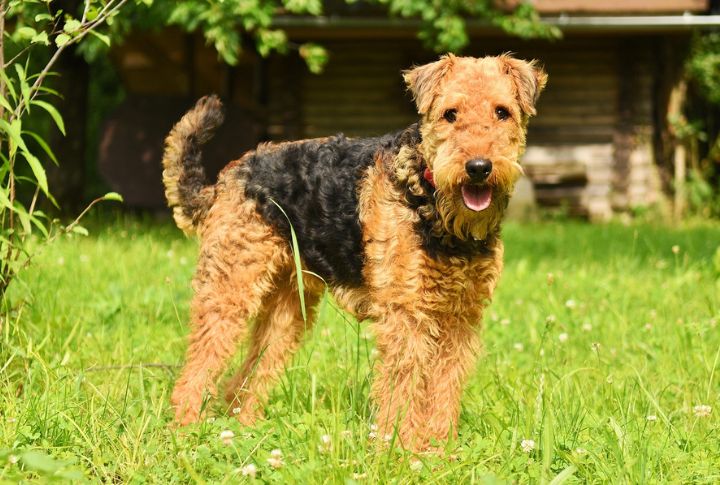
These wiry adventurers earned the nickname “King of Terriers” for a reason. Originally bred to hunt otters in Yorkshire’s valleys, they’re natural climbers with high stamina. Airedales need hills and agility tasks to stay sane. Their bold, springy gait and strong rear legs make flat walks feel boring.
Belgian Malinois
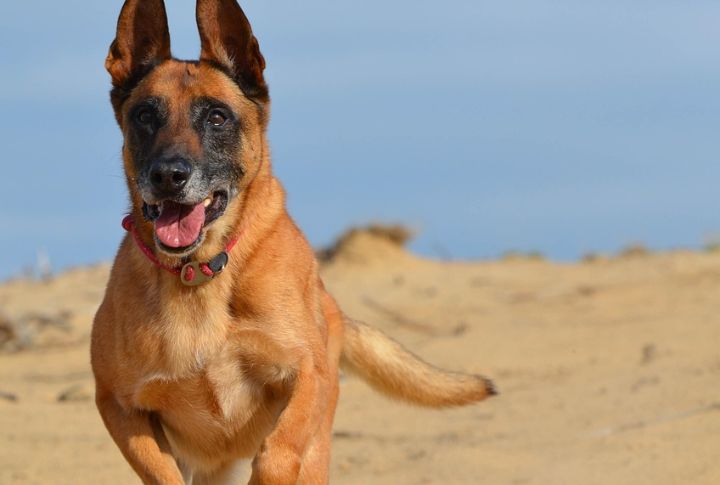
You’ll often find them working beside Navy SEALs. Malinois excel in precision training and tactical sprints. That lean, angular frame and explosive energy demand more than fetch. Cairo, the Malinois that helped take down Osama bin Laden, trained harder than most athletes, and most of these dogs still want more activity.
Standard Poodles
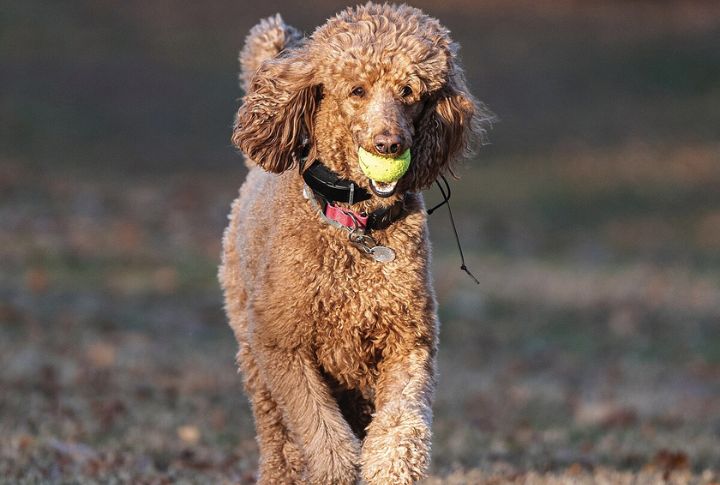
Forget the Furfrou haircut—Poodles are a serious breed, selectively bred to retrieve waterfowl. Webbed feet and the buoyant coat of poodles make swimming ideal. Some can clock 30 mph in short bursts but truly shine in dock diving and competitive obedience. Regular brain-and-body tasks keep their laser focus sharp and stop them from pacing indoors.
Jack Russell Terriers
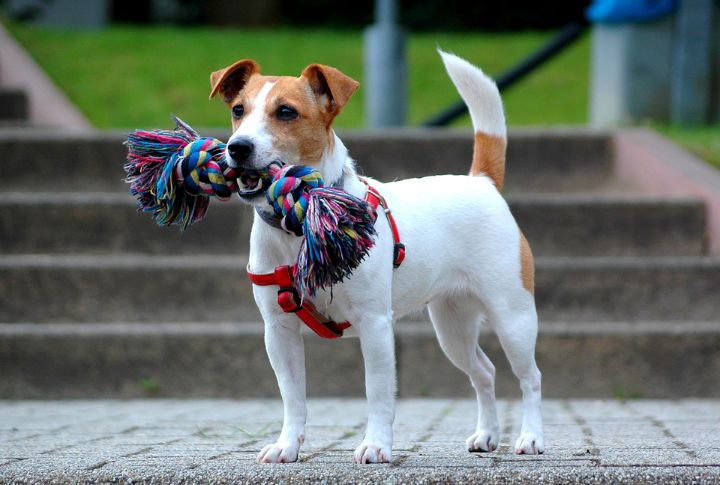
Ten inches tall and made of caffeinated-like energy, these dogs were bred to flush foxes out of dens, which explains the nonstop zooming. Eddie, Martin’s dog on “Frasier,” was two Jack Russells named Moose and Enzo. They had a full-time trainer because the breed’s energy needs outpace Hollywood sets.
German Shorthaired Pointers
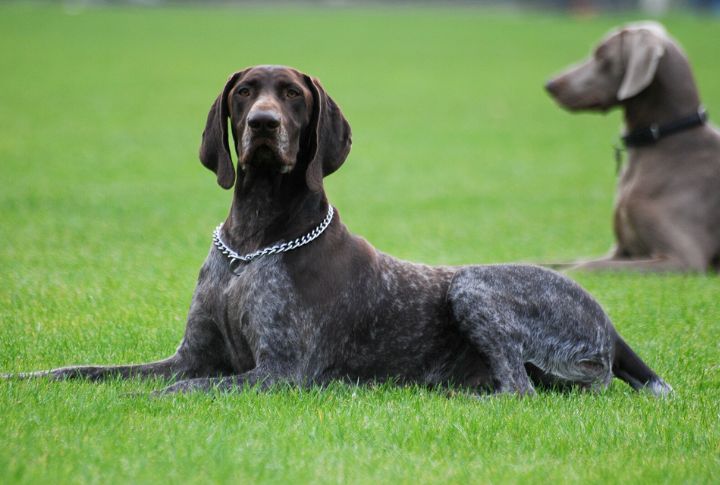
Muscular and lean, these pointers top out around 35 mph on a good run. Initially bred for hunting birds and rabbits, they still perform best with extended, nose-led fieldwork. Ticking-pattern coats that come with them are built for stealth and terrain. Running in a yard won’t cut it for them.
Rhodesian Ridgebacks
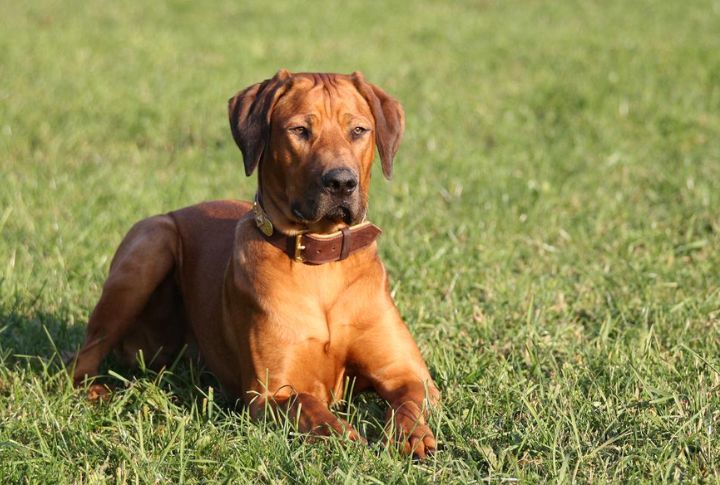
You may already know of their distinctive spine ridge—part of a lineage bred to hold lions at bay in southern Africa. Ridgebacks conserve energy until it’s go-time, needing long trail hikes or guard-based games. Many elite runners adopt them because of their pacing ability. They aren’t hyper, but they are relentless.
Border Collies
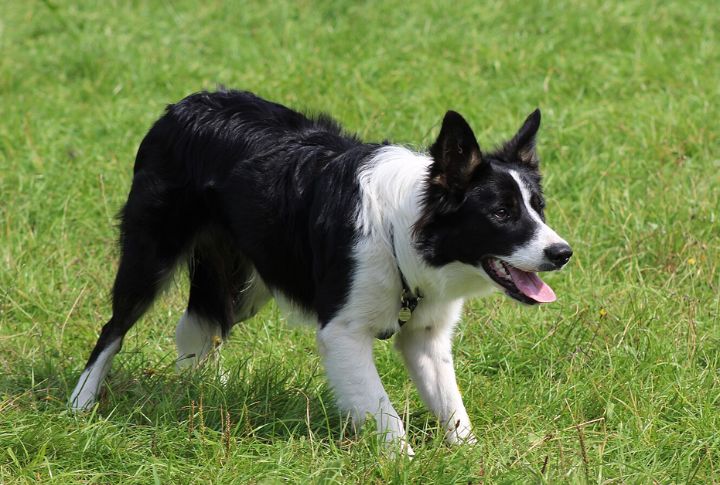
Nobody out-thinks a Border Collie. With brains wired for pattern recognition, they can make split-second decisions well. Chaser, the famous one, is documented to have learned over a thousand object names. Without puzzle games or directional drills, the dog will start herding objects—or children.
Dalmatians Maintain

Dalmatians were once coach dogs, trotting next to horse-drawn carriages to keep pace and protect the wagon. Their tall, lean structure suits steady running over chaos. They’re not sprinters. A few miles beside a bike or jogger is their sweet spot. Disney dogs aside, they do not do well as couch ornaments.
German Shepherds
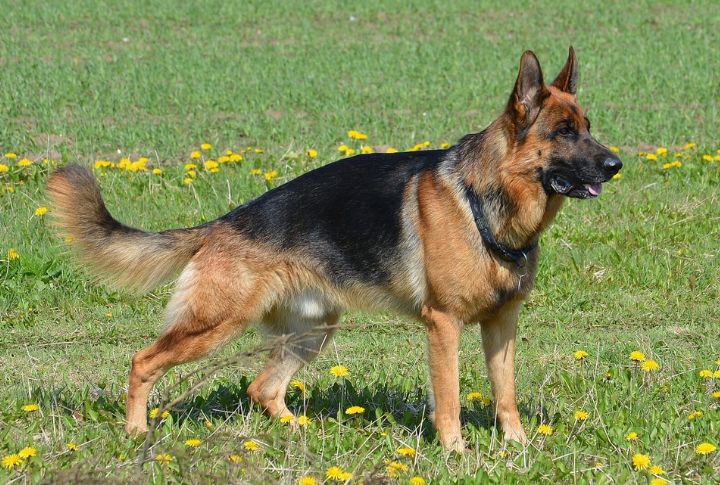
Here is a breed of shepherd dogs that craves purpose and does well with scent puzzles and protection training. The double-layered coat and square frame make them adaptable to any weather and terrain. The GSD’s natural drive for speedy tracking and protection makes them a great fit for Schutzhund, a sport designed to hone these very traits of the breed. Without structure, these dogs create their own.
Alaskan Huskies
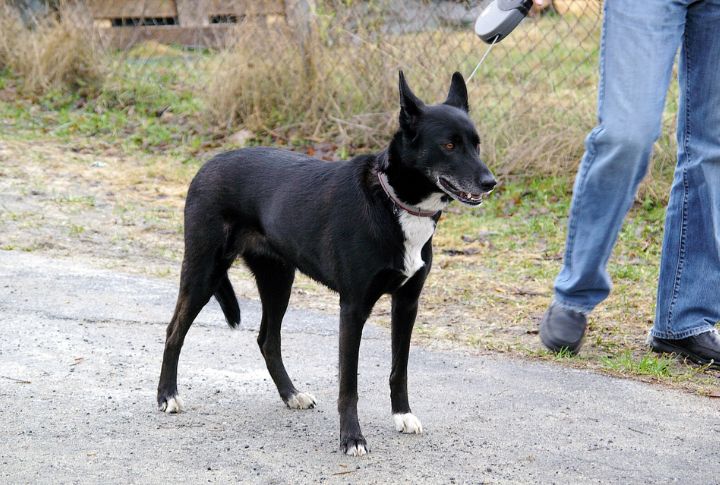
Built by mushers, not show breeders, Alaskan Huskies are a performance cross, not a registered breed. In 1925, a Husky named Balto led the final leg of a lifesaving serum run in Alaska. These dogs thrive on cold, long-distance hauls. Keep them fenced and engaged, or they’ll run until they’re out of zip codes.
